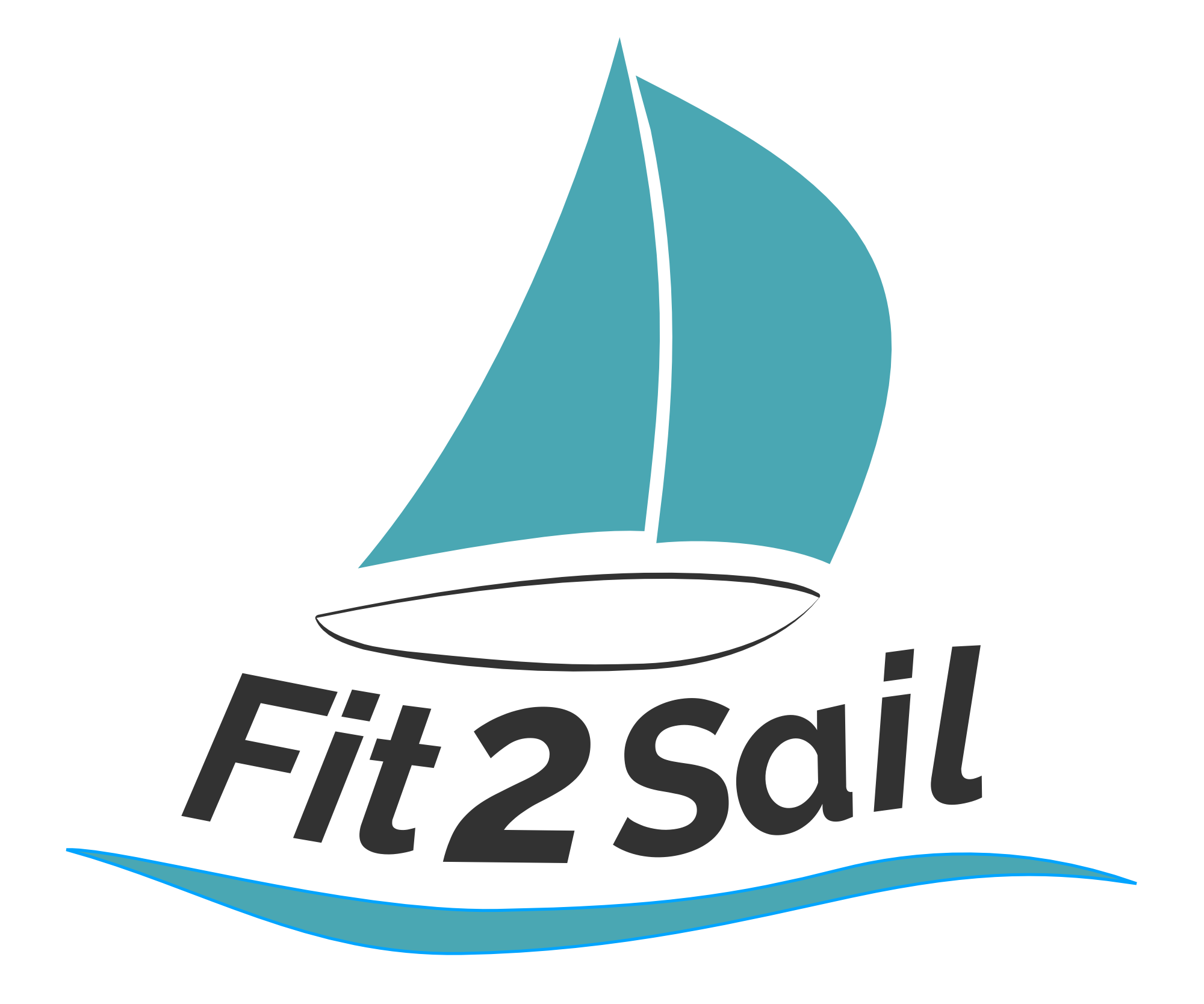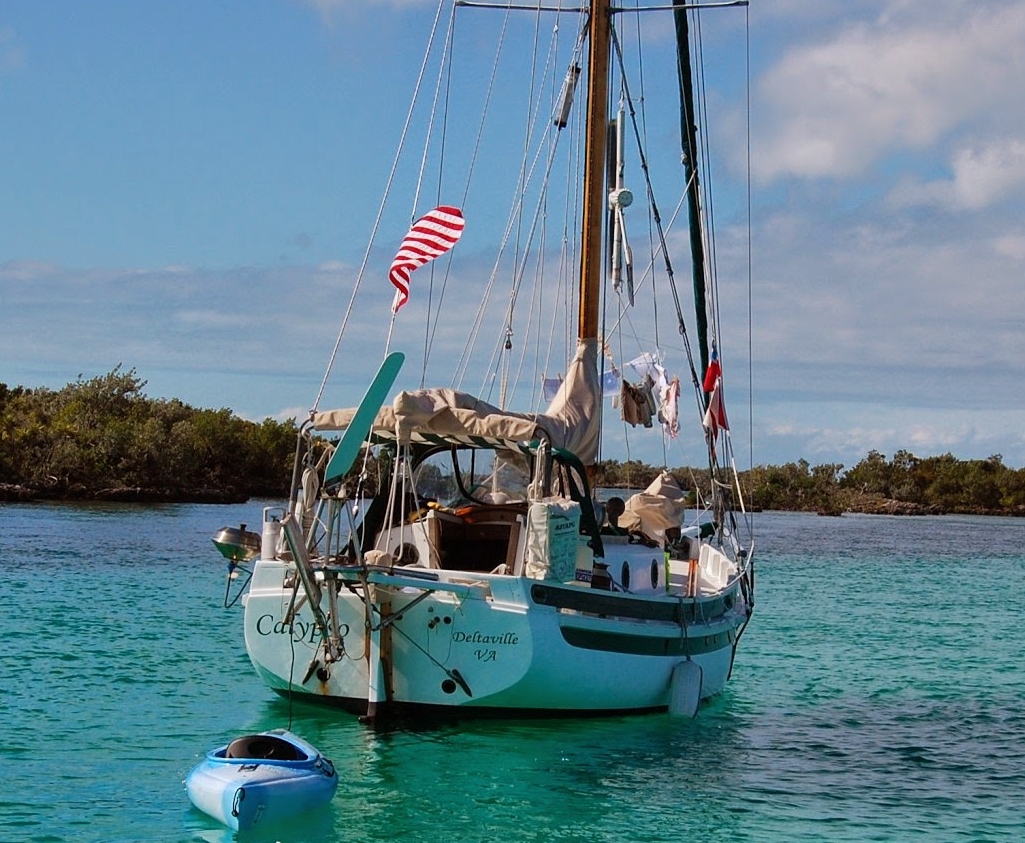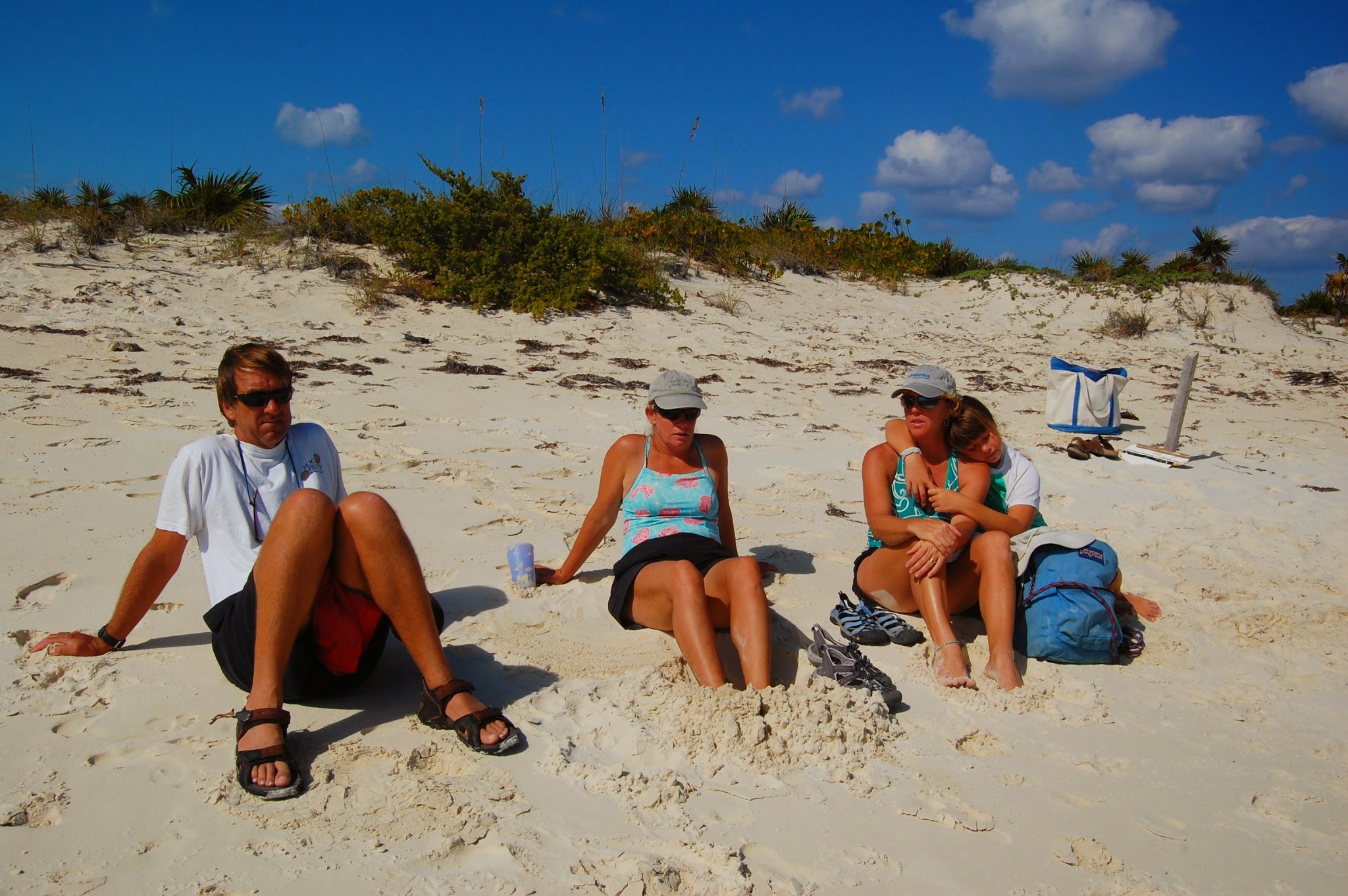Is Cruising Really Healthy?
Salad by the water
I’m a member of Women Who Sail, a Facebook group for women only where topics related to boating are the name of the game. We have cruisers and racers, dreamers and planners and wistful rememberers. The subject of how to exercise on board comes up frequently, and there are often answers along the lines of, “Oh, it’s so healthy! You’ll get all the exercise you need! Just go swimming and walking and you’ll be fine!”
Sure. There are aspects of the “cruising is so healthy” which are true. There’s swimming to do – if you’re in a place with clear water. There’s walking to do – if you’re in a place where you want to explore, or the roads are good, or the hiking is fabulous.
Yes, I sometimes wear shoes other than flip flops.
And as to the general question of whether cruising is healthy or not, just as with the exercise part, there are aspects of it that rate high on the health scale.
For starters, you’ll likely spend a large part of your day outside. Even if you’re choosing to cruise at higher latitudes, where you think of clothing in terms of multiple layers and socks are standard, chances are you are in the cockpit or on deck a lot. I’ve seen some fabulous photos lately of people sailing their dinghies with icebergs in the background. Brr. But I digress. Being out in the fresh air, even if you spend a lot of that time sitting in the cockpit, has got to be better for you than breathing in the recycled air in most homes and office buildings.
Cruising is, in general, more physical an existence than land dwelling. The movement of the boat, even in a marina, is constant, and your body will be making small adjustments all the time just to stay stable. Lack of space makes for tetris-like storage challenges down below – and the number of times you need to move cushions or settee backs to access something critical has to be experienced to be believed. Laundry generally means either bucket washing (and wringing. Oh the wringing!) or schlepping to a laundromat. Bringing provisions on board usually involves at the very least a whole lot of walking, if you’re in a marina, or a combination of walking, back-pack hefting, dinghy loading and unloading, then storing it all away. Life is more physical on board, just with day to day activities.
See the laundry hanging?
As far as the food aspect of health is concerned, this one can be a bit of a tossup. If you’re cruising in places where fresh food is scarce (say, the out islands of the Bahamas, many of which are uninhabited and prime places to tuck into an anchorage for a week at a time) or very expensive, you may find that you’re relying on your long-range provisions more than you’d like. The bonus, from a health standpoint, is that you’re likely cooking all your own food. There’s no pizza place on speed dial, no drive-thrus, which means you get very familiar with exactly what you’re eating. You can control the amount of salt and excess “stuff” all you want. As I’ve gotten accustomed to cruising and cooking as if I were cruising, I find that the “packaged” food I keep on hand tends toward things like tomatoes, beans, and pineapple, along with the occasional package of Thai curry mix. Sorry, Chef Boyardee canned ravioli . . . Mostly, though, I prefer to create my own chili out of those ingredients rather than have endless cans of Hormel chili aboard.
For all of the aspects of cruising that rank high on the “healthy living” scale, there are those that tip it in the other direction.
Here's the thing, though. For all the movement you’re doing on a boat, you’re also doing a heck of a lot of sitting. It might be sitting outside, bracing yourself as you sit on the high side of a heeled sailboat. Sitting in the dinghy on the way to shore. Sitting on the beach with new friends, chatting away. Sure, it might be bursts of energy as you deal with a dragging anchor or digging out a can of tomatoes from under the bunk or diving in to check on the anchor, but there is a WHOLE. LOT. OF. SITTING.
There’s also a whole lot of socializing, at least in our experience, socializing that frequently involves food. Share an anchorage with just one other boat, and there’s likely to be at least one evening of shared sundowners. More boats? Maybe a beach potluck or a dinghy drift. You might get lucky and find your soul mate boat companions, with whom you loosely travel in company, popping back and forth for dinners and appetizers in the cockpit. A favorite memory of our last cruise, where we took the kids and went to the Bahamas and the Dominican Republic for 10 months, is sitting in Calypso’s cockpit with Wendy and Lizz, washing dishes from dinner under a star-studded sky. The 6 grownups had gathered on the smallest boat in the 3-boat flotilla for dinner while the kids whooped and hollered and settled down for a movie on Osprey. It was the 4th time we’d had dinner all together in the 2 weeks we’d cruised in company. Boat size is not an obstacle for entertaining . . .
Even if it’s just you and your partner on board, hanging in the cockpit with a nibble and a libation (alcoholic or not) at sunset every night is definitely a thing. It’s relaxed time, connection time, appreciation and gratitude time, all of which is great stress-relief, but it’s food intake time nonetheless.
Ahh, stress. Possibly the biggest health hazard of life in modern society, triggered by everything from terrorism and politics to unreasonable demands from a job to not enough sleep to eating junk food because you don’t have time to do anything else. Hop on a boat and sail away to the sunset and that all goes away, right?
Not so fast. The thing with living in “the world” is that a lot is taken care of. You flip a light switch, the power is there. Your toilet just flushes. Turn on the faucet and water gushes out. Need food? Hop in a car, drive to the store, and buy whatever you’ve decided you want. Your house doesn’t move, the weather is just an annoyance. On a boat, you’re responsible for so much of what we take for granted on land. Electricity. Waste. Water. Stability.
Projects abound.
And communication can be really, really tough. I’m not talking about communication with non-cruisers, or even other cruisers, but with your partner. The conversations you’ll have to have on board about things like safety, privacy, boat maintenance, anchoring, weather are different and deeper than any you’ve had to have on land, with more at stake. It’s an unexpected stress.
All of these “less healthy” aspects of cruising can be helped a lot by a regular, disciplined exercise routine. This can be spending 20 minutes a day on the foredeck doing yoga. It can mean anchoring somewhere where you can get in your run or walk every day, rain or shine. It can mean creating (or following!) a circuit routine that encompasses cardio and weights, all taking your special on-board circumstances into account.
Yes, cruising can be a healthy lifestyle. Being physically fit allows you to maximize the health aspects of it, and minimizes the challenges of the less healthy parts. Don’t diss the exercise routine just because you’re living on a boat!
Me, I like my video workouts.









